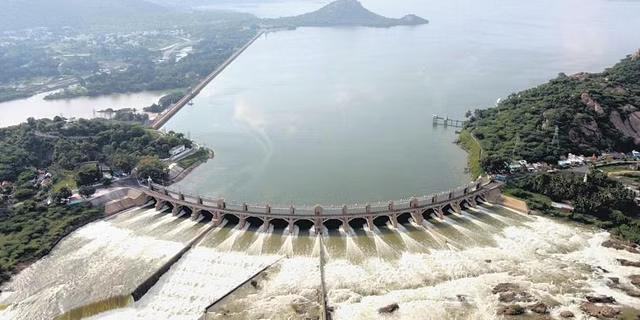Free Courses Sale ends Soon, Get It Now


Free Courses Sale ends Soon, Get It Now



Disclaimer: Copyright infringement not intended
Context
About Kuruvai Cultivation
Commencement of Kuruvai Cultivation
Availability of Seeds for Kuruvai Cultivation
Progress in Kuruvai Cultivation
Seed Distribution by Agriculture Department
Availability of Fertilizers
About Mettur Dam
Location
Purpose and Benefits
Construction and Features
Reservoir
Cauvery River
Location
Important cities on Cauvery River
|
PRACTICE QUESTION Q. Which of the following states does the Cauvery river flow through? (a) Tamil Nadu, Kerala, Karnataka, and Andhra Pradesh (b) Karnataka, Tamil Nadu, Kerala, and Maharashtra (c) Tamil Nadu, Karnataka, Andhra Pradesh, and Telangana (d) Karnataka, Kerala, Tamil Nadu, and Puducherry Answer: (d) Karnataka, Kerala, Tamil Nadu, and Puducherry |
© 2024 iasgyan. All right reserved